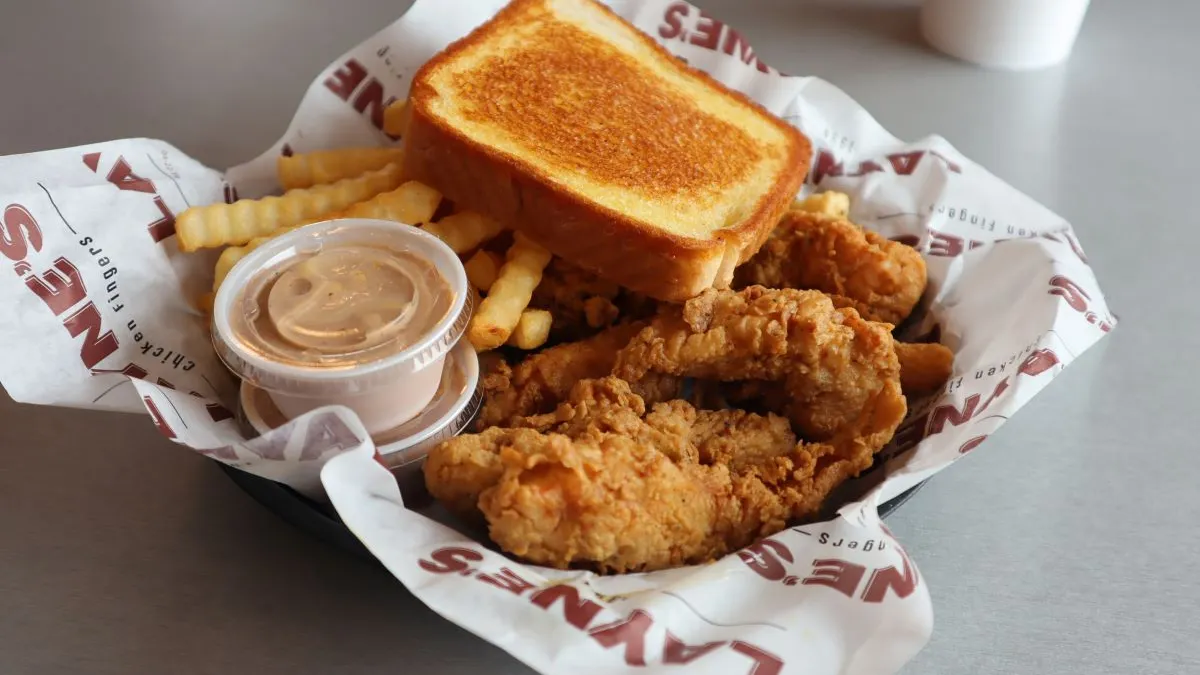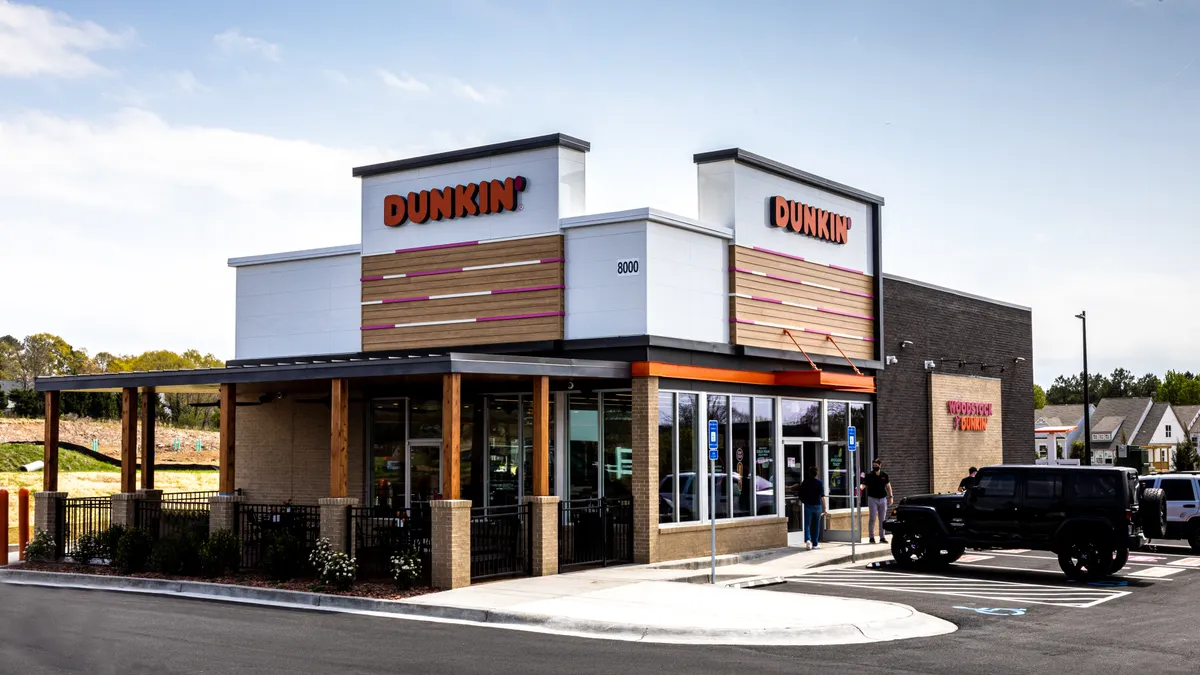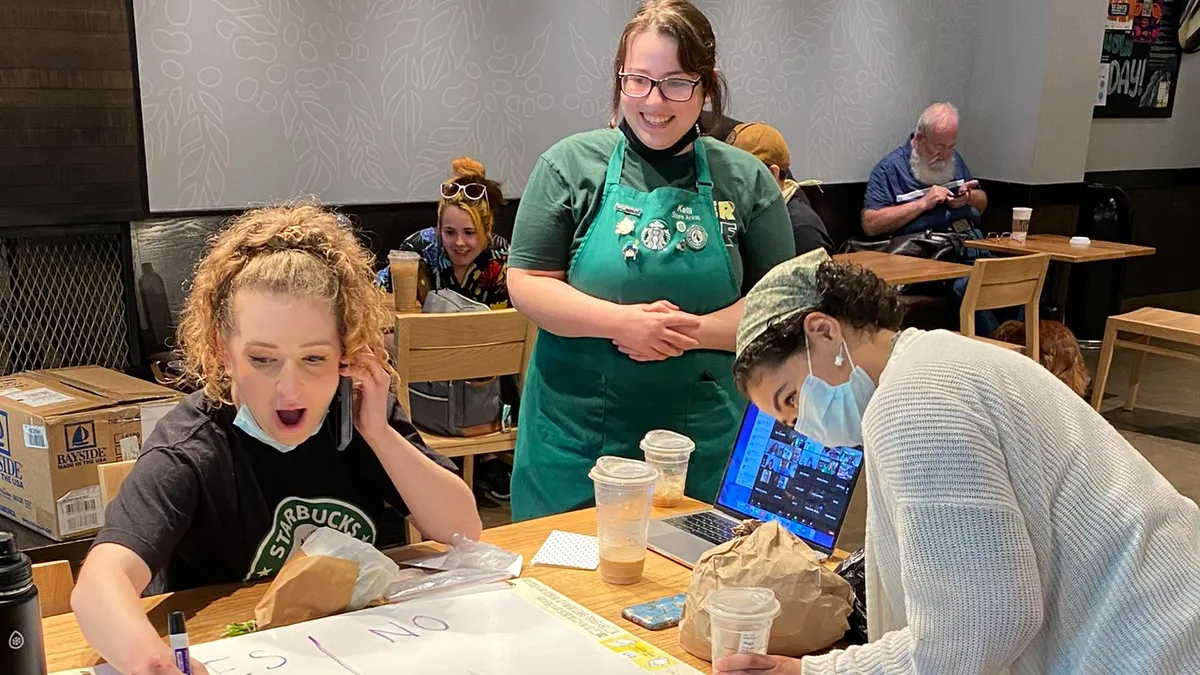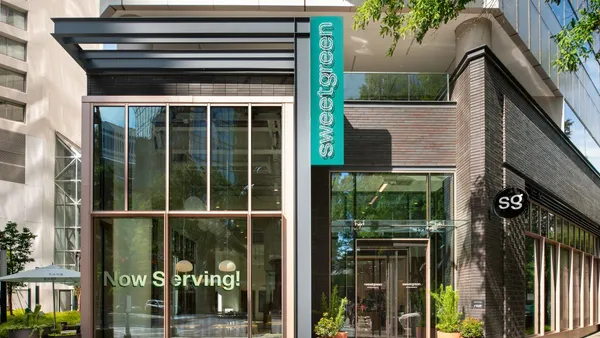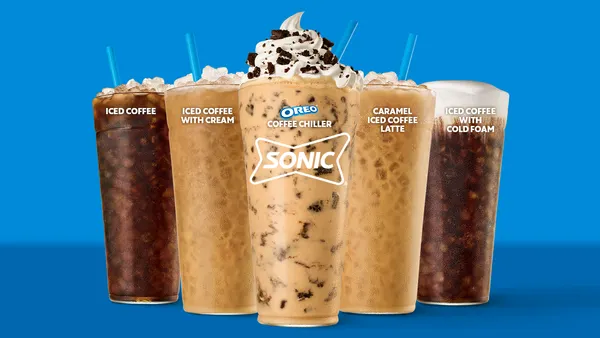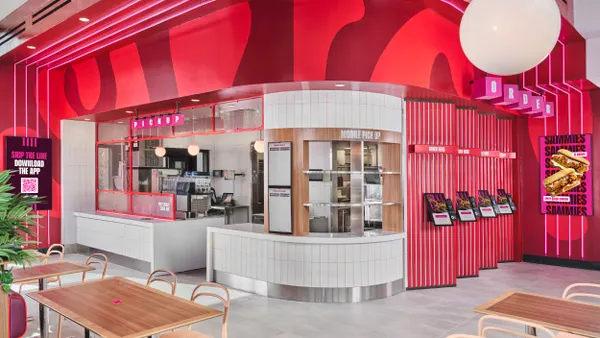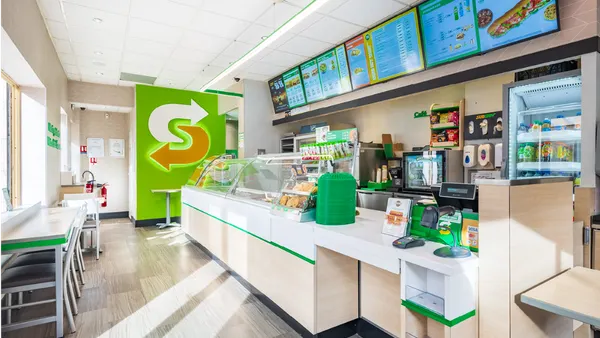Dive Brief:
- Layne’s Chicken Fingers signed 68 total franchise agreements in Q3, according to a Tuesday press release. The brand intends to more than double its unit count this year, growing from roughly 20 to 45 locations.
- The largest of the franchising agreements is a 44-store deal covering West Texas, followed by a 13-unit expansion of an existing Wisconsin franchise agreement, a separate eight-unit West Texas deal, and a three-store market entry for Oregon.
- Layne’s Chicken’s franchising operation has been led by Garrett Reed since it was created in 2017, according to its franchise disclosure document. It's the latest chicken-centric concept looking to leverage franchising to grow from a regional player to a national brand.
Dive Insight:
Layne’s started as a chicken tender brand in 1994 and grew fairly slowly until the last few years. With major deals across several states, Layne’s is setting itself up for dramatic, rapid expansion.
The chain had eight total outlets at the start of 2022, nine at the start of 2023 before hitting 19 at the end of 2024. Layne’s has opened about 14 restaurants this year, according to the press release. This expansion pace is driven by its franchising program — Layne’s has more than tripled its franchised footprint since the end of 2022.
The chicken market is growing, with newer brands seeing an especially strong performance in recent years.
Wingstop and Raising Cane’s, which focuses on chicken tenders, surpassed KFC’s systemwide U.S. sales last year. Bojangles and Zaxby’s — another chicken tender chain — are both seeing significant but steady growth in their franchised programs.
Opening scores of locations in one year is difficult for emerging brands, but Layne’s growth projections most closely resemble those of Jollibee and Dave’s Hot Chicken. Jollibee, a chain originating in the Philippines, aims to grow from 76 U.S. units to 350 over several years. And Dave’s Hot Chicken exploded from two units in 2020 to 250 at the end of 2024 through franchises, with a projected unit count of 400 for the end of this year.
Those brands, like Layne, leveraged consumer demand for chicken products and the relatively simple operations associated with fried chicken, to grow by leaps and bounds.
But the consumer buzz around chicken tenders may have reached such a pitch that Layne’s could have trouble fulfilling its ambitious plans. Major QSR brands are adding chicken tenders to their menus — McDonald’s added them in May, Wendy’s brought them out at the end of September and Taco Bell offered them as a long-running LTO in the summer — meaning tens of thousands of restaurants across the U.S. began selling chicken tenders over the last few months. Those rollouts are backed by the marketing spend of massive legacy chains, which could make it harder for new brands to find a foothold.
While it’s unlikely that the U.S. has hit its peak chicken tender moment,it’s probably much closer than it was six months ago. After all, consumer traffic associated with full priced menu items is stagnant, or slowly declining, according to recent Circana data, making restaurant competition more of a zero-sum game.



